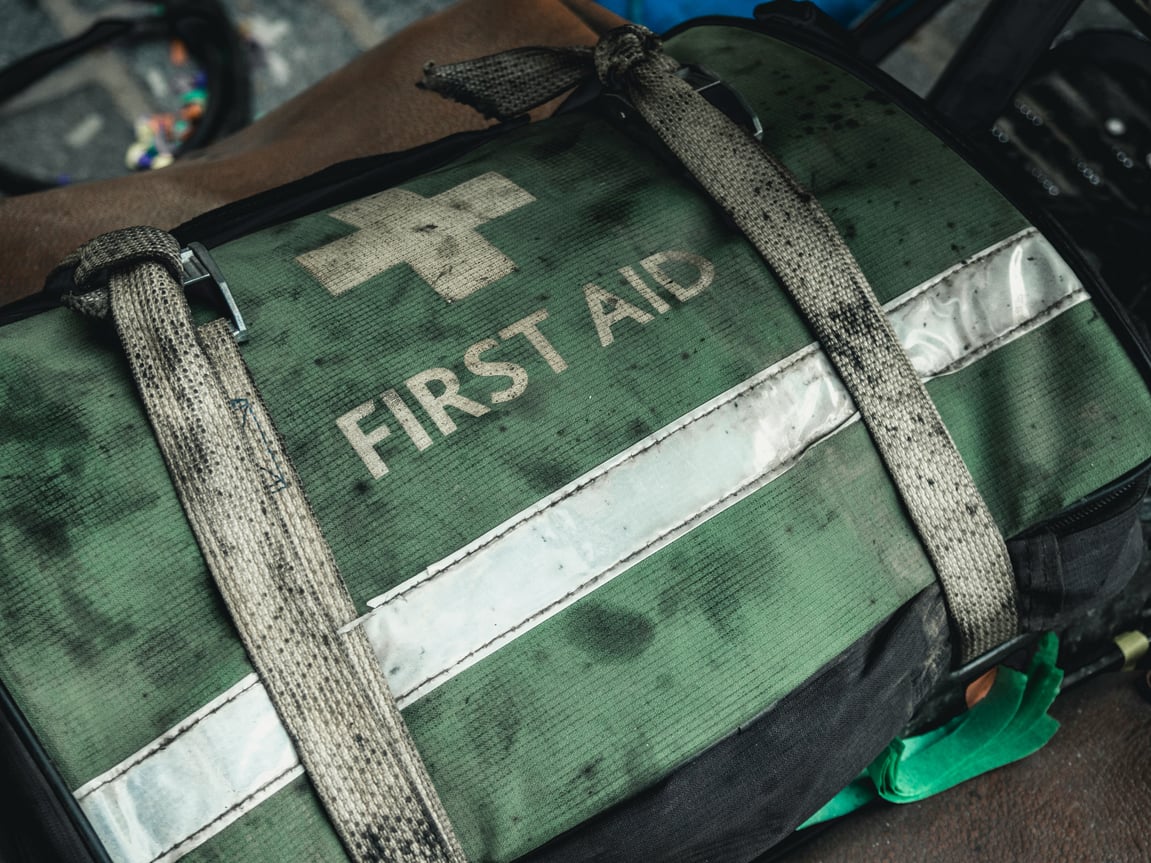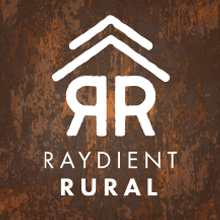Wilderness First Aid Resources for Rural Life and Outdoor Adventures

Standard first aid is designed for urban settings, when professional help is minutes away. Wilderness first aid will teach you to stabilize and care for someone when it could be hours or days before help arrives.
In our small North Carolina mountain community, Hurricane Helene really opened our eyes to the fragility of the systems we rely on for our safety and well-being.
Where I live, it’s two hours to the nearest trauma center on a good day.
Helene destroyed major highways and knocked out electricity and telecommunications systems throughout our entire region, making emergency medical services much less accessible.
While our smaller hospitals had generators and field clinics set up within days, many of us heard an urgent call to increase our resilience, especially in terms of our health.
In reality, this scenario could happen anywhere—natural disasters don’t discriminate between cities, towns and counties.
However, especially in rural and backcountry settings, it’s crucial to know how to stabilize, treat and monitor individuals when medical assistance is far away.
This is why Wilderness First Aid was created. And while it’s often studied by outdoor instructors and guides who lead people on wilderness adventures, it’s available to anyone who wants to learn these skills.
How to Study Wilderness First Aid
Many organizations offer wilderness first aid courses, which typically take 16-20 hours to complete.
These courses typically last 2-3 days, often on weekends, and cost between $250 and $500 or more. They include hands-on learning, and an instructor will certify your participation when you demonstrate your new skills.
While the Wilderness Medicine Education Collaborative recommends in-person or hybrid learning, on-demand courses can be a good starting point, especially if you’re short on time or funds.

Some organizations offering wilderness first aid:
- Wilderness Medical Associates
- NOLS
- SOLO Schools
- Aerie
- Desert Mountain Medicine
- American Outdoor School (free, online-only)
You can also check with colleges and universities. Their outdoor programs may provide training to both their student guides and community members.
Another place to check: local guide services, e.g., rafting and rock climbing guide shops—they’ll at least know the options available in your area.
Also, note that some providers offer discounts for teens attending wilderness first aid courses accompanied by a parent.
As a collateral benefit, this type of training helps us learn risk management skills by familiarizing ourselves with the consequences of our behaviors, per Dr. Elizabeth Andre, Professor of Nature and Culture in the Outdoor Education Department at Northland College.
Patient Assessment: The Foundational First Aid Wilderness Skill
Here are some scenarios that wilderness first aid can help you navigate:
- You and your husband are working in the yard when he disturbs a wasps’ nest and is stung repeatedly on his arms and neck
- You’re on a camping trip, and your friend is cooking dinner when her shirt sleeve catches on fire
- You're rock climbing with a group when a piece of rock breaks loose from the crag, hitting a bystander and causing him to fall to the ground
What do you do in each of these scenarios?
First, you only help if it’s safe for you—don’t make yourself another casualty. If there is continued rockfall, for example, you wouldn’t rush towards the fallen bystander to help.
However, if it’s safe to do so, you will examine the scene, trying to determine what caused the injury (fairly clear in the above examples, but not always the case), and then begin with patient assessment.

Wilderness first aid teaches you how to assess a patient and give them immediate life-saving care, if needed.
The first moments of your response are critical, and that’s when you’ll learn to look at the patient’s big three systems:
- Nervous system → What is the patient’s level of responsiveness?
- Respiratory system → Is the patient breathing on their own?
- Circulatory system → Does the patient have a pulse? Serious bleeding?
For each system, you’ll learn how to assess symptoms and administer life-supportive treatment.
In the rock climbing example, if the fallen bystander is unresponsive—if he doesn’t speak or even moan in response to verbal and physical cues—you would check his breathing and pulse to decide whether to give him CPR.
[Note: Some courses include CPR, but you may need a supplemental course to learn this skill.]
Other skills you learn as part of patient assessment:
- How and when to clear a patient’s airway
- How to administer epinephrine (EpiPen) in case of anaphylaxis
- How and when to use a tourniquet to control bleeding
- Assessing the need and urgency of evacuating the patient
Secondary Assessment
If life-saving treatment isn’t needed immediately, you’ll perform a more thorough examination, taking the patient’s vital signs and noting any other symptoms they may be experiencing. This will inform your treatment plan.
For example, from the above scenario where the friend burned herself, you will learn how to assess the severity of her burns and how to cool and protect them.
Other types of injuries and problems you’ll learn how to treat:
- Traumatic brain injuries
- Shock
- Chest trauma
- Spinal injuries
- Soft tissue wounds
- Musculoskeletal injuries
- Allergic reactions
- Dehydration
- Hypothermia
- Heat exhaustion

Keep Learning After the Wilderness First Aid Course
To keep your new knowledge and skills fresh, keep studying first aid and safety by reviewing course materials regularly to retrieve the information you’ve learned.
One tip from Dr. Andre (the outdoor education expert we mentioned earlier):
“[Find] good documentaries, podcasts and books about true outdoor incidents that can help your limbic system learn patterns that will help it help you make good decisions.”
Avoid sensationalized Hollywood wilderness films—you want the content to be as realistic as possible for the best learning.
She also says to study with the goal of learning—don’t judge the people involved or fall victim to hindsight bias. Truly go into this with the intent to learn from their mistakes.
Additional wilderness first aid resources Dr. Andre recommends:
- The Field Guide of Wilderness & Rescue Medicine from Wilderness Medical Associates
- Wilderness and Rescue Medicine by Jeff Isaac and David Johnson
- Medicine for Mountaineering & Other Wilderness Adventures by James A. Wilkerson, Ken Zafren, and Ernest Moore
Looking For More Information On Outdoor & Rural Safety?
Check out these other RETHINK:RURAL stories on safety:











Your email address will not be published. Required fields are marked*